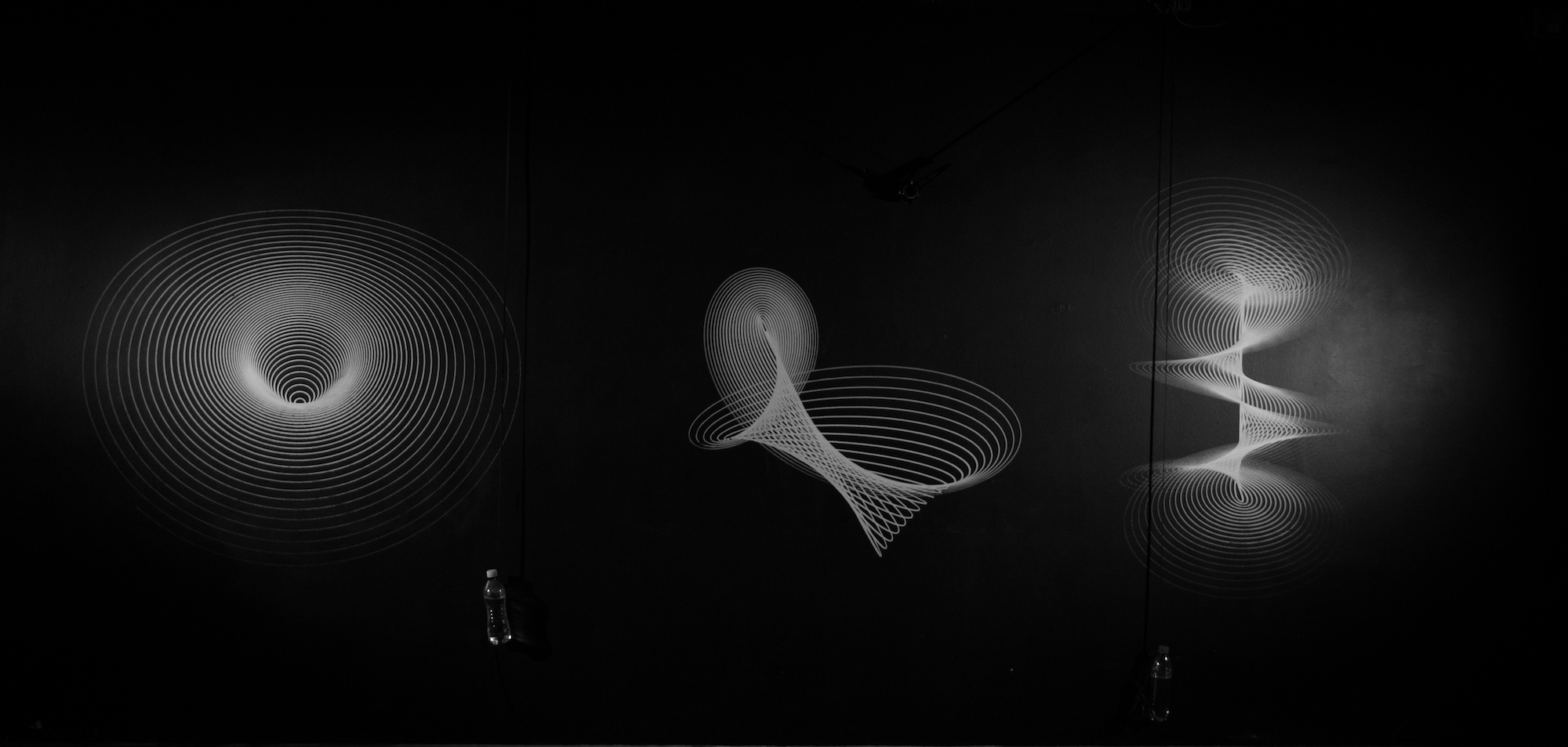
Location: Jurányi Art Gallery, Budapest
Format: Automated Procedural Drawing Performance
Year: 2018
Photographs are shot and shared rapidly over social media sites with no intention on the quality of the image itself. Also, countless images are created by machines for machines only that leaves behind human awareness outside of the loop, using CCTV, computer vision algorithms and other automated, networked technologies. As a matter with drawing & chalk: it is a perfect contrast for these hegemonies, where the act of drawing (thus image creation) is extremely limited in terms of colours and line qualities, so we decided to automate the process of chalk drawing, by building polargraphs that are drawing algorithmically formalised thoughts on the wall.
The Exhibition
We have been asked to make a small exhibition that is fulfilled with inspiring constraints at Jurányi Art Gallery. One of these interesting limitations is that the walls are painted black and it is only possible to draw in the exhibition space with chalk, since this is the speciality of the gallery space. However creating an image with chalk is quite ephemeral and slow, so the method itself serves as a very interesting thought for critical thinking on the creation of contemporary image creation, mentioned above.








Background
Procedural properties are ancient problem solving techniques in communication, art, crafts and all type of human activities. We can see its incarnations in everyday life, from beautiful handmade indian rangolis to formalised design practices, mathematics, geometry, music, architecture and even pure code language. Controlling process involves a continuous cognitive effort from the maker: a presence, combined with some kind of respect and patience while applying the pre-scripted rules.
Visual arts started to adapt these concepts with the rising of the Dada movement in the first decades of the twentieth century: artists, performers were giving instructions, pseudo codes for interpreting (compiling) their piece. Like musical notations, which are originally interfaces for representing different events that are distributed in time, drawings, visual arts also reached a state where the liveness or the actual “happening” of the concept is separated from the thoughts aka the software. Fluxus in the sixties, conceptual artists, Sol Lewitt, Miklós Erdély with his creative drawing workshops and conceptual works also continued the tradition.
The process
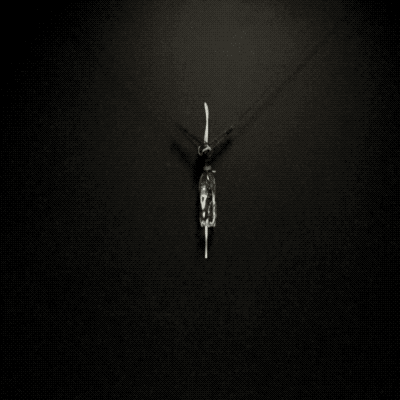
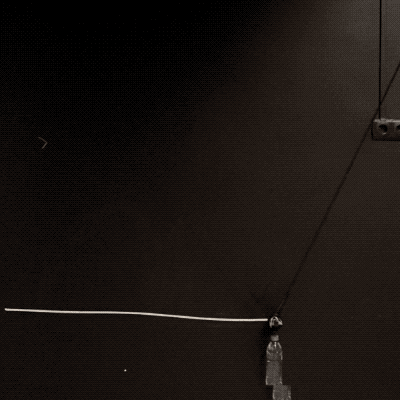
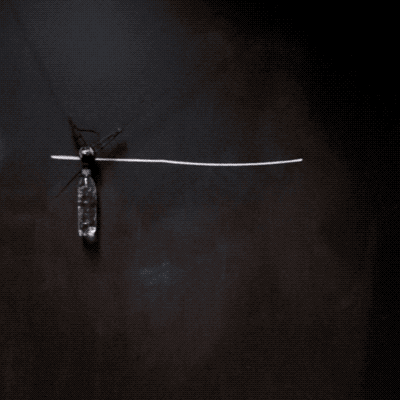
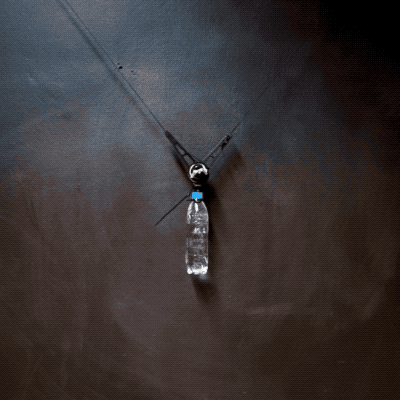
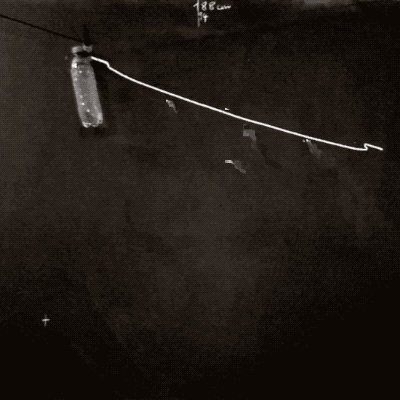
Inspiration, sketching
A self chosen constrain was that the tool can not elevate the chalk from the wall: so we have to create a kind of ‘single line’ topology, where all shapes are segments of a continuous line, usually originating from a spiral or similar one lined structure. Limitations are some special rules within a system that lead to strange and unintended creative outputs. Building such custom tools (software, polargraphs, music instruments, etc) is really balancing at a state where the snake bites its tail, where content determines its language.
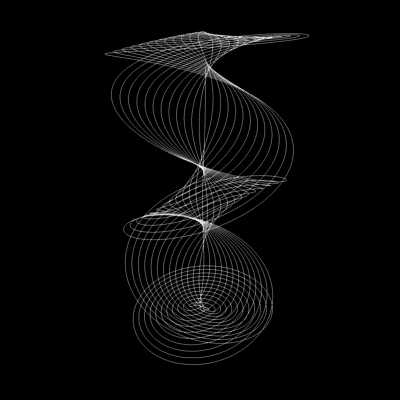
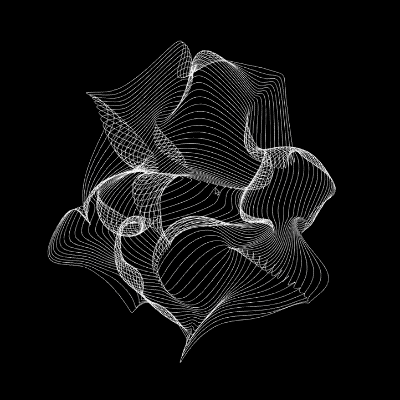
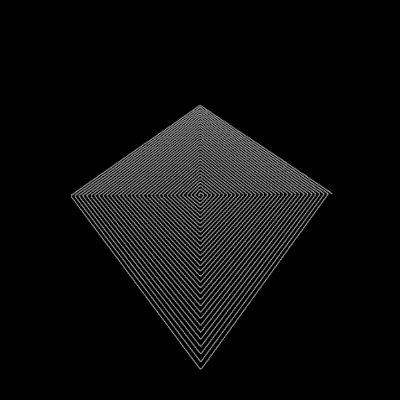
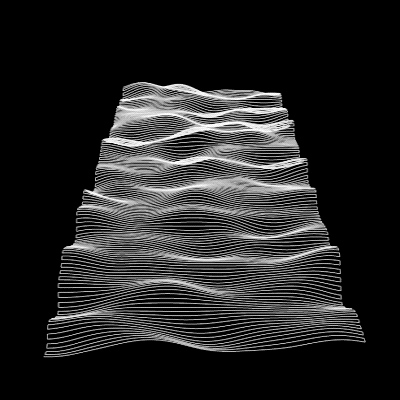
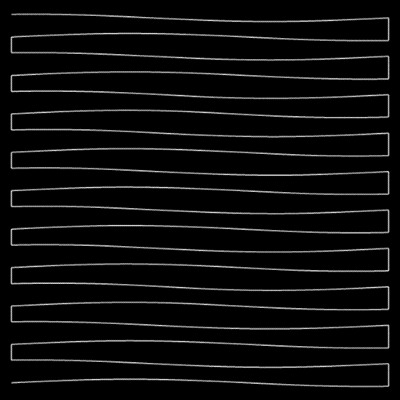
Concept & code: Agoston Nagy, Bence Samu
Creative technology: Eduard Sik
Photos: Judit Szuromi Photography
Video: Elisska Vojtek